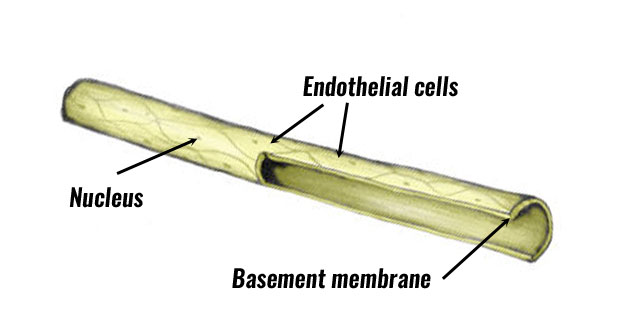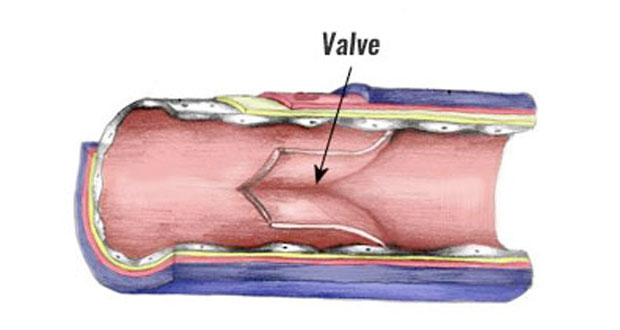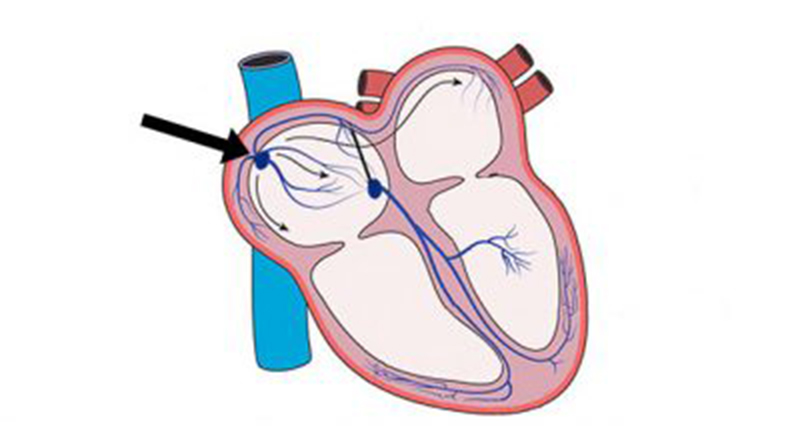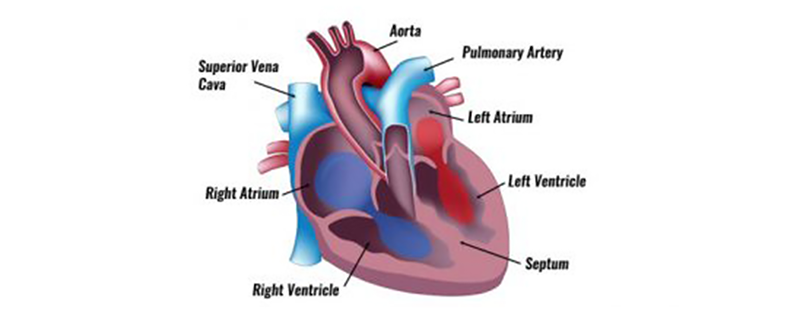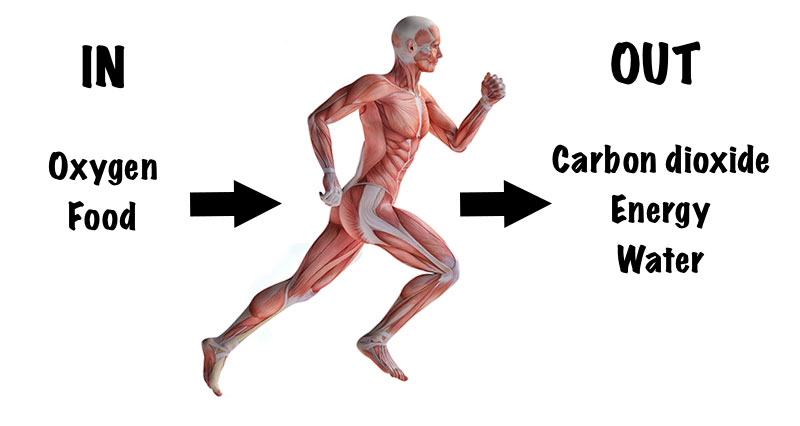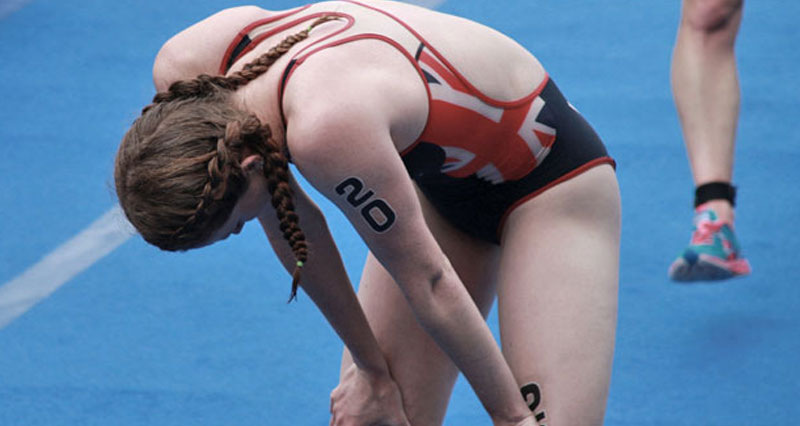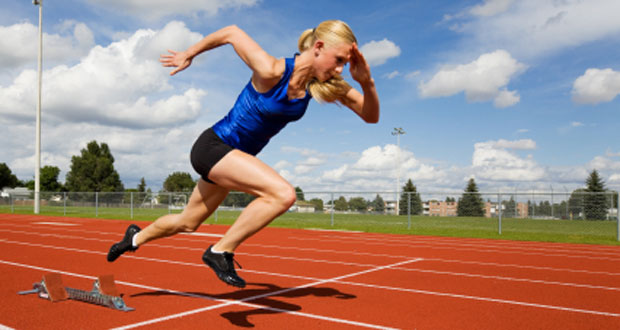Capillaries
Capillaries are the smallest of all blood vessels and form the connection between veins and arteries. As arteries branch and divide into arterioles and continue to reduce in size as they reach the muscle they become capillaries. Here the capillaries form a capillary bed, which is a vast expanse of very small vessels forming a network throughout the […]

